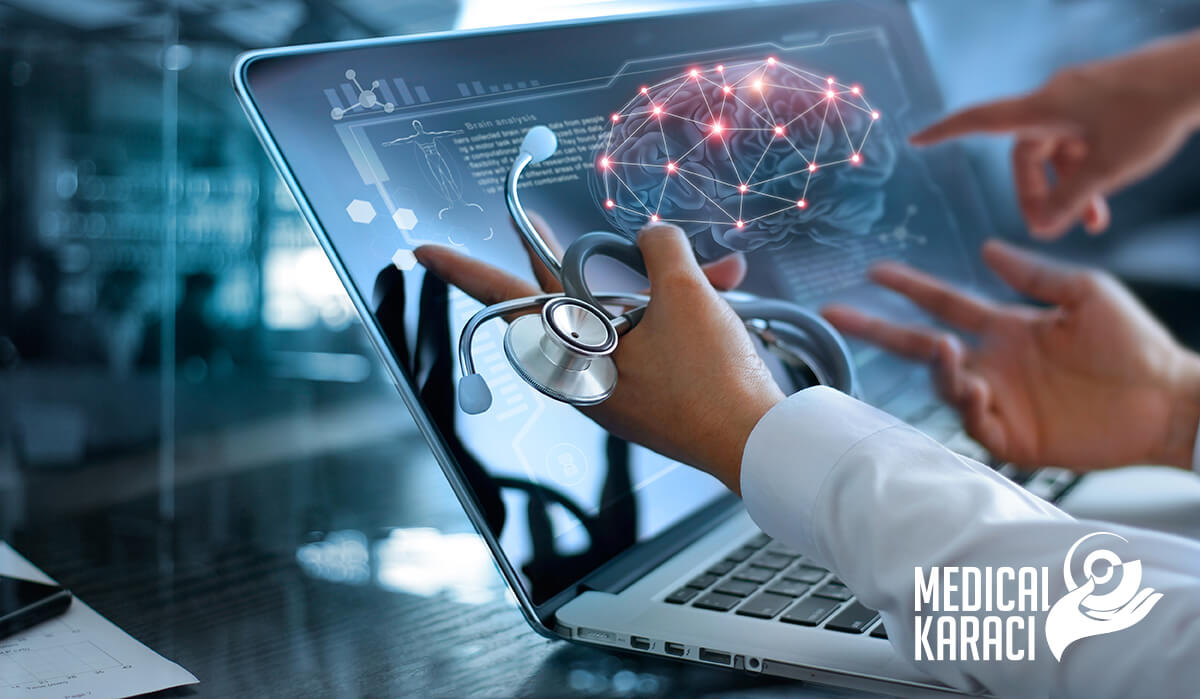What is neuromonitoring?
The neuromonitoring system is used to minimize risks in brain and spine surgeries. With the intraoperative neuromonitoring method, the surgeon receives a warning from the system, via electrodes, of damage that may occur during surgery.
In which operations is neuromonitoring used?
The neuromonitoring system can be used primarily in brain, nerve and spinal cord surgery, as well as some ear, nose and throat surgery and general surgery:
- Aneurysms
- Brain tumours
- Trigeminal neuralgia
- Cerebrovascular diseases such as arteriovenous malformation, hemifacial spasm
- Spinal cord tumors and diseases of the spine
- Operations for scoliosis
- Certain surgeries for ear and nose diseases such as larynx cancer, salivary gland cancer surgeries
- In thyroid surgeries
Advantages of the neuromonitoring system:
Removal of tumours located in sensitive areas of the brain or of spinal cord tumours always carries a risk of stroke. After brain tumor surgery, patients may experience problems in functions such as motor function, like eating, walking and speech. In such risky surgeries, the neuromonitoring system alerts the surgeon during the surgery, making the surgeries much safer. Complications after surgery are minimized.
One of the most significant problems with spine surgeries such as scoliosis and spinal cord tumor removal is the risk of paralysis during surgery. Before the use of neuromonitoring, the effect of the intervention could not be understood. Patients had to be woken up towards the end of the operation, which was distressing for the patient, and if a problem was identified it would be too late for a second intervention. The use of the neuromonitoring device, which constantly displays the condition of the nerves in these operations, prevents possible nerve damage.
How does a patient prepare for a neuromonitoring app?
Electrodes are placed on the face, arms and legs of the patient who is already in the operating room and under anesthesia. The surgeon follows the signals received from these electrodes during the operation.
When there is a decrease in the signal received by the muscles, the neuromonitoring device informs the surgeon that it is in the sensitive area.
In operations using neuromonitoring, the system must be in coordination with anesthesia. It is important that the anaesthesia, which paralyses the muscles, is not too deep. It is important that the return signals from the muscles are received by the neuromonitoring device.
For more information, we at Medical Karaj are at your service.
Call us on the following numbers "Medical Karaj": 0879 977 401 or 0879 977 402.
Also keep an eye on our constantly updated Facebook content.








